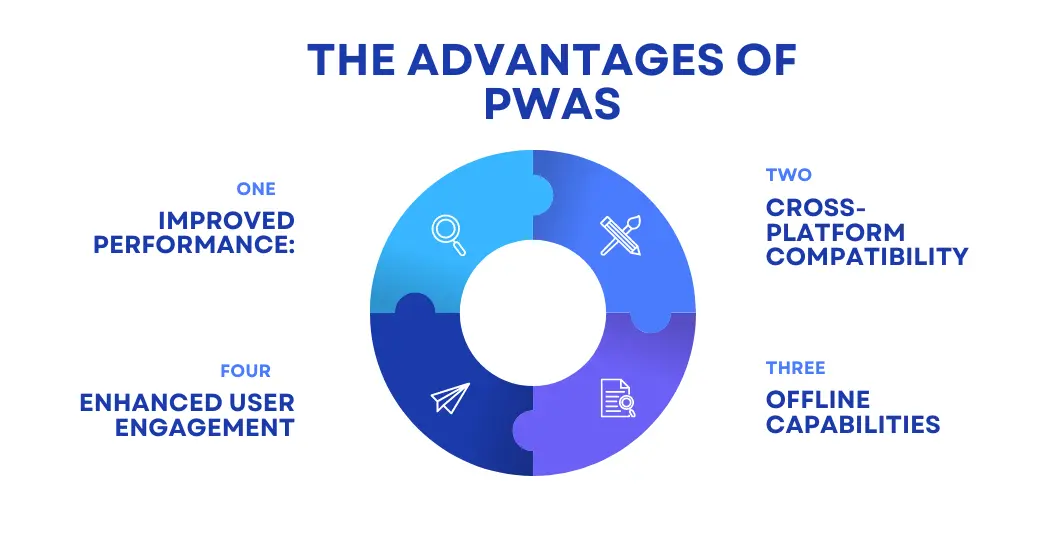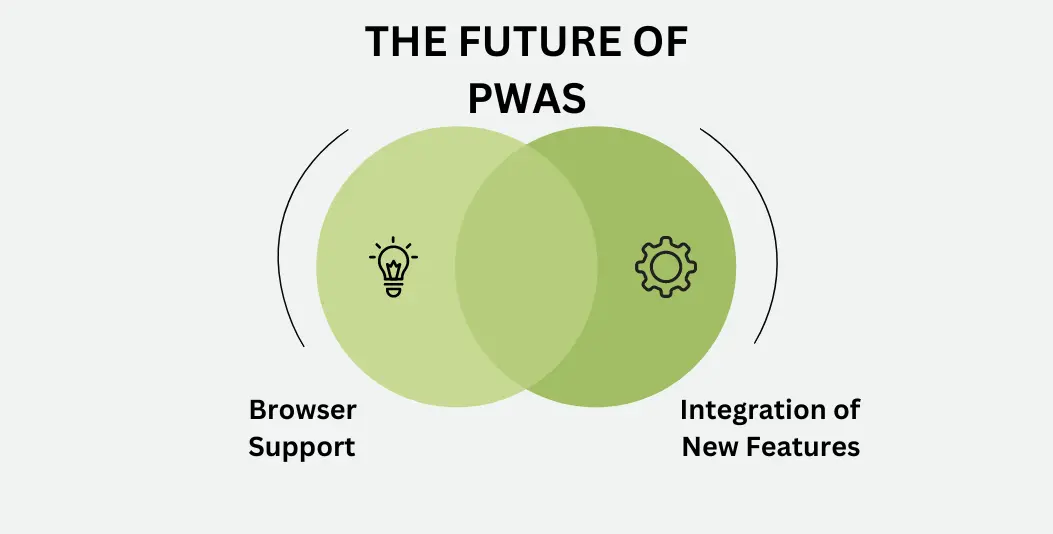
Blog
-
22 january 2024
The Rise of Progressive Web Apps (PWAs) and Their Impact on User Experience
Introduction
Welcome to our app developer blog! In today's post, we'll delve into the dynamic world of app development and explore a trend that's been gaining significant traction in recent years – Progressive Web Apps (PWAs). Discover how PWAs are reshaping the user experience landscape and revolutionizing the way we approach app development.
Understanding Progressive Web Apps (PWAs)
Definition and Distinction:
Progressive Web Apps (PWAs) represent a new breed of web applications that blur the lines between traditional websites and mobile applications. Unlike native apps, PWAs are accessible through web browsers and offer a seamless experience across devices and platforms.
Key Characteristics:
Progressive Enhancement: PWAs work for all users, regardless of the browser or device with a focus on providing a baseline user experience and progressively enhancing it for users with more advanced capabilities.
Offline Functionality: One of the standout features of PWAs is their ability to function seamlessly offline. Users can access certain features or content even when they are not connected to the internet.
Responsive Design: PWAs are designed to adapt to various screen sizes and resolutions, ensuring a consistent and engaging user experience on both desktop and mobile devices.
Fast Load Times: With optimized performance and faster load times, PWAs aim to provide users with a swift and responsive experience, reducing bounce rates and increasing user engagement.

The Advantages of PWAs
1. Improved Performance:
PWAs leverage modern web technologies to deliver enhanced performance, resulting in quicker load times and smoother interactions. This improved efficiency contributes significantly to a positive user experience.
2. Cross-Platform Compatibility:
Developers can create a single PWA that works seamlessly across different platforms and devices. This not only simplifies the development process but also ensures a consistent experience for users, irrespective of their chosen device.
3. Offline Capabilities:
PWAs use service workers to cache essential resources, allowing users to access content and functionality even when offline. This capability is particularly beneficial in areas with unreliable internet connections.
4. Enhanced User Engagement:
By providing a more immersive and responsive experience, PWAs encourage increased user engagement. This can result in higher conversion rates and improved customer satisfaction.
Real-World Success Stories
1. Twitter Lite:
Twitter's PWA, known as Twitter Lite, has proven to be a game-changer. It offers a fast and reliable experience, even on slower networks, and has significantly increased user engagement in regions with limited internet connectivity.
2. Flipkart:
The popular e-commerce platform Flipkart adopted a PWA, resulting in a 70% increase in conversions. The PWA delivered a fast and reliable shopping experience, contributing to the platform's overall success.
Developing PWAs: Best Practices and Tools
1. Design Considerations:
Developers should prioritize a responsive and user-friendly design. This includes intuitive navigation, touch-friendly controls, and a visually appealing interface.
2. Performance Optimization:
Optimizing performance is crucial for PWAs. Minimize resource-heavy elements, leverage caching strategies and prioritize the critical rendering path to ensure swift load times.
3. Cross-Browser Compatibility:
Test PWAs across different browsers to ensure compatibility and a consistent user experience. Consider using Polyfills for browsers that may lack support for certain features.
4. Tools and Frameworks:
Explore tools and frameworks that simplify PWA development. Notable options include Angular, React and Vue.js. Additionally, service worker libraries like Workbox can streamline the implementation of offline capabilities.
The Future of PWAs

1. Browser Support:
As major web browsers continue to embrace PWA standards, the adoption of these applications is expected to rise. Stay updated on browser developments and evolving standards to ensure the ongoing success of your PWAs.
2. Integration of New Features:
The PWA landscape is continually evolving, with ongoing efforts to introduce new features and capabilities. Keep an eye on emerging trends, such as increased integration with device functionalities and enhanced APIs.
Conclusion
In conclusion, Progressive Web Apps represent a paradigm shift in app development, offering a myriad of benefits for both developers and users. Embracing the PWA approach can lead to improved performance, increased user engagement, and a broader reach across diverse platforms. As the app development landscape continues to evolve, PWAs stand out as a key player in delivering exceptional and progressive user experiences. Stay tuned for more updates on the latest trends and innovations in the world of app development!